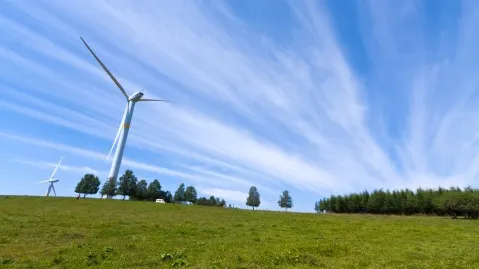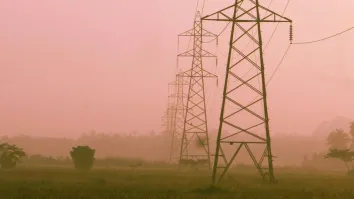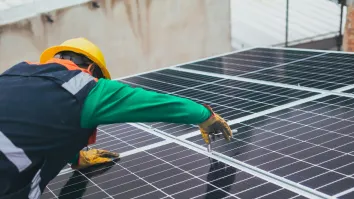
Myanmar unveils new Nationally Determined Contribution
The country’s share of solar and wind energy will remain consistent.
Myanmar is setting a conditional target, with international support, of avoiding 144 MtCO2eq of greenhouse gas (GHG) emissions by 2030 against that which was predicted under the Business as Usual (BAU) scenario of 297 MtCO2eq.
Enerdata reported that the country is set to achieve this target by increasing the share of solar and wind to 54% (from 2,000 megawatts [MW] to 3,070 MW) by 2030.
Also, the country aims to decrease the share of coal by 73.5% (from 7,940 MW to 2,120 MW) by 2030. Under its unconditional target in using its domestic resources in the energy sector, Myanmar seeks to avoid 105 MtCO2eq by 2030 from the BAU.
The report further said that by 2030, the share of solar and wind will remain consistent, and coal will decrease by 54% from the BAU to 3,620 MW.



















 Advertise
Advertise







